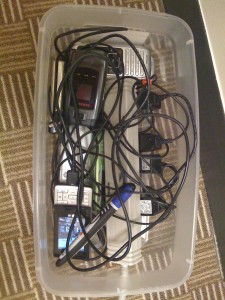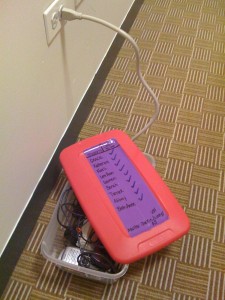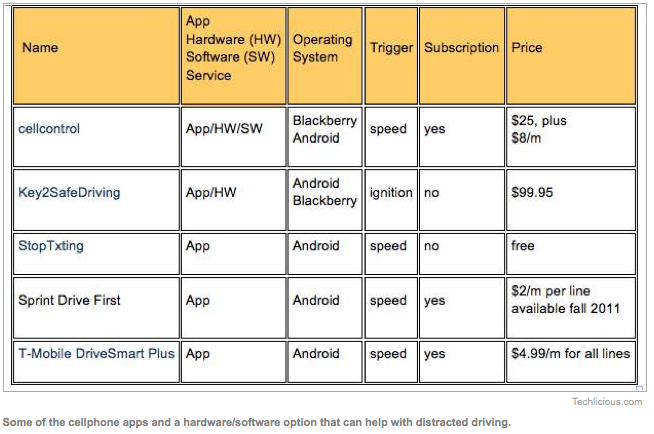We live in an pinteresting time. Okay sorry, I couldn’t resist. With all the social sites around, including pinterest, we can literally share everything about our lives 24/7 and have immediate feedback. There are many pro’s and con’s to this sort of social sharing, and while I’ve engaged in these sort of conversations before on this blog, my point is not to list these out today. Today I just want to address the leaders who may be serving in our churches and are unaware of the discipleship impact they are having on students they invite to “follow” their lives online. I don’t want to rant, but I just want to address all of us that work with students AND choose to have an online presence. Just a question to think about today. When we post, pin, tweet, or update all parts of our lives, do we really think about who is looking at the overflow? If you are working with students, you need to consider all areas of your life as areas that students are looking for Christ at work in. When you show up in their lives on Sunday or Wednesday to open the Bible with them, you can’t erase what they’ve seen you open before them on pinterest, facebook, or twitter. Whether you believe it or not, you are telling them what is important to you and approving it for them. That’s why it’s important for you to have mentors and accountability partners to help you discern how to “share” your life and pursue things that are noble, praiseworthy, and excellent—even on pinterest, facebook, and twitter.
Proverbs 13:20 reads, “Whoever walks with
the wise becomes wise, but the companion
of fools suffers harm.”
I have been observing some pins on pinterest of people I know to have a heart for students, but as a girls minister I would not want their pins to be seen by girls in our student ministry. I think we begin to start “pinning and posting” things that are less than noble, praiseworthy, and excellent when we lack wise companions.
So my questions to leaders today is this:
Who do you have that is investing wisdom in your life as you move along this life journey?
Who do you have that would challenge a pin, post or tweet?
My challenge today is this:
Take a moment and look back at the pins, posts, tweets, or statuses and ask yourself if these are interests or statements you would be proud to share with a bunch of students you are discipling. Have you thought through how your sharing of these interests, hobbies, or thoughts could impact a person you are discipling?
It’s tough being a leader, especially in a world where you can’t just show up at church and share one aspect of your life with a group of students and then go home to block off your online life from them. It’s all or nothing! But it’s not just all or nothing with them is it? I think when we get down to the bottom of the things we’re posting online, it can speak to what is going on in our souls as well.
Tweet








